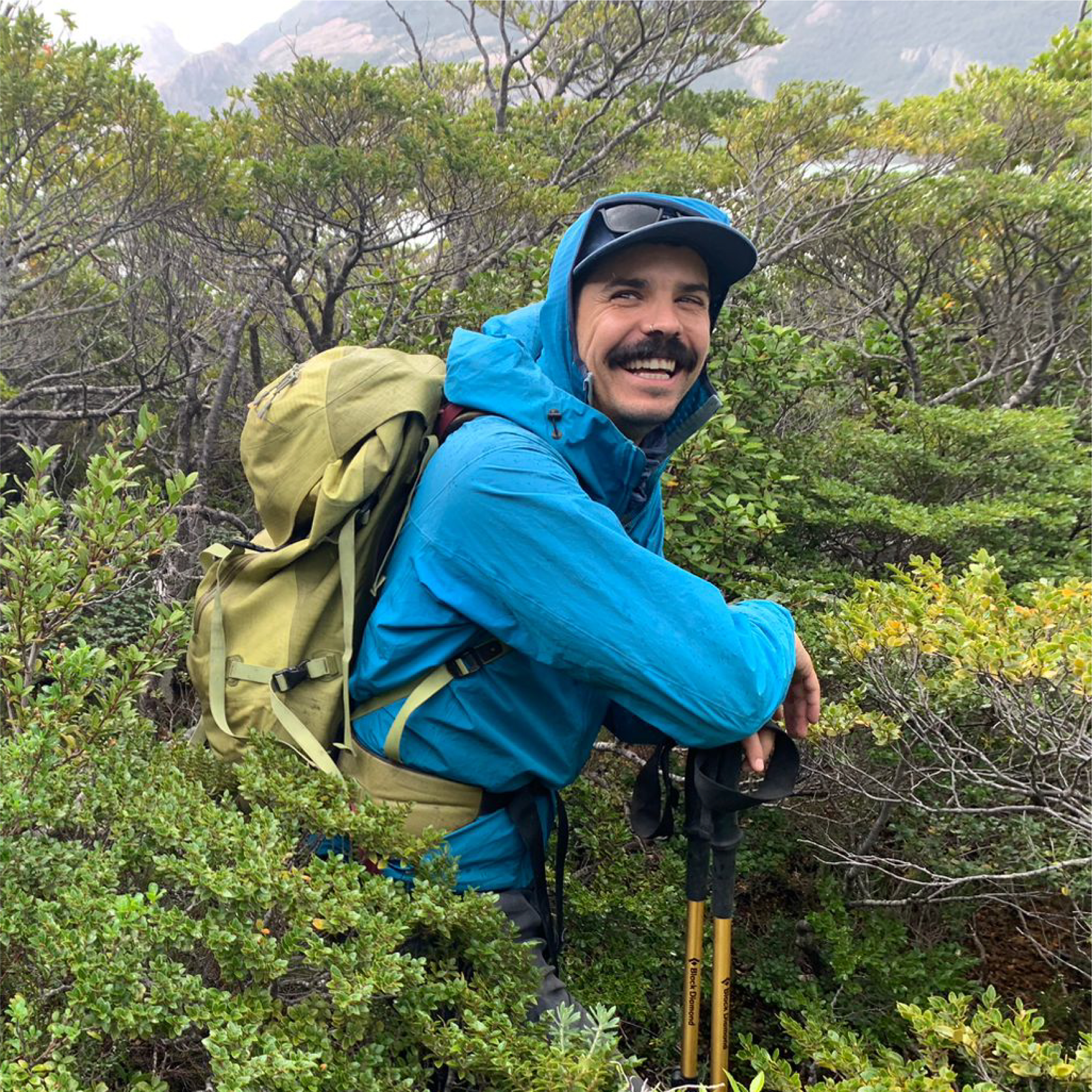Vegetation and environmental responses from extreme glacial to extreme interglacial conditions in central Isla Grande de Chiloé (~42°S), northwestern Patagonia
Published in Quaternary Science Reviews, 2024
Briones, D., Guerra, L., Soteres, R.L., Moreno, P.I. (2024) “Vegetation and environmental responses from extreme glacial to extreme interglacial conditions in central Isla Grande de Chiloé (~42°S), northwestern Patagonia”. Quaternary Sciences Reviews, 344, 108927
We examine the vegetation and environmental evolution of central Isla Grande de Chiloé (IGC), northwestern Patagonia (NWP), spanning the two climatic endmembers of the last glacial-interglacial cycle: the Last Glacial Maximum (LGM) and the Early Holocene (EH). Our results from Lago Auquilda show Evergreen Subantarctic forests interspersed with Magellanic Moorland during the early LGM (∼30.9-26.1 ka), followed by species-poor closed-canopy Nothofagus forests with low conifer abundance and absence of Magellanic Moorland during the late LGM (∼18.9-17.9 ka). Initial canopy fragmentation at ∼17.9 ka gave way to rapid densification and diversification of trees, herbs, and vines characteristic of North Patagonian rainforests (NPRF), marking the onset of the Last Glacial Termination (T1). Closed-canopy NPRF established between ∼15.5-14.8 ka, followed by mixed forests with shade- and cold-tolerant hygrophilous NPRF conifers until abrupt increases in shade-intolerant trees favored by local fires between ∼12.6-11.4 ka. NPRF conifers disappeared as thermophilous species of the Valdivian rainforest and fire activity increased between ∼11.4-8.7 ka. We interpret that temperate rainforest inhabited the periphery of the Patagonian Ice Sheet in NWP under cold and hyperhumid conditions during the LGM. Precipitation was highest in the early LGM, declined during the late LGM, diminished to an early T1 minimum between ∼17.1-16.4 ka, and then increased steadily to a maximum between ∼14.8-12.6 ka, overlapping with the Antarctic Cold Reversal (ACR). Subsequent declines at ∼12.6 ka and ∼11.4 ka led to extreme warm-dry conditions during the EH with intense fire activity. Hyperhumid conditions during the LGM and ACR imply equatorward-shifted Southern Westerly Winds (SWW), minimum precipitation during the early portion of T1 relates to poleward-shifted SWW, and the EH warm-dry phase reflects a zonally symmetric decline in SWW intensity. Our Lago Auquilda record replicates the timing and structure of changes revealed by multiple paleoclimate studies throughout western Patagonia which, in turn, are synchronous/coherent with key southern mid- and high-latitude records.
